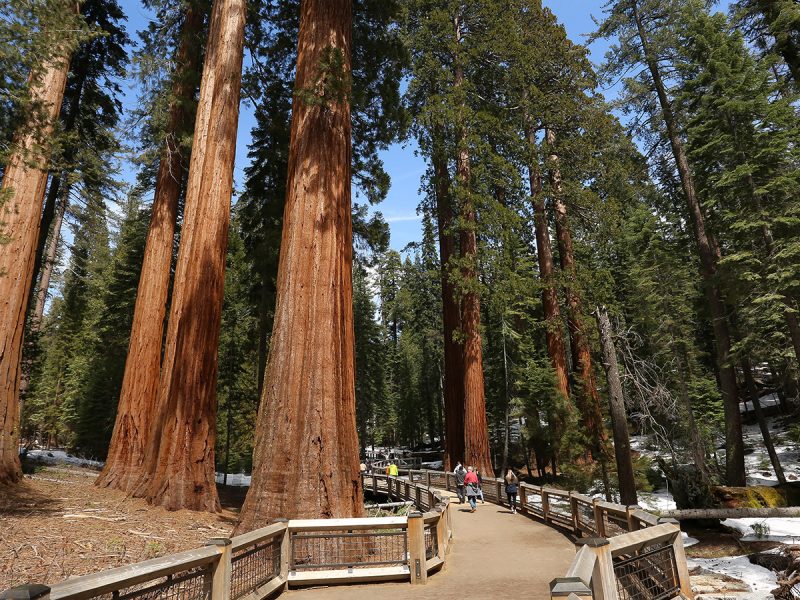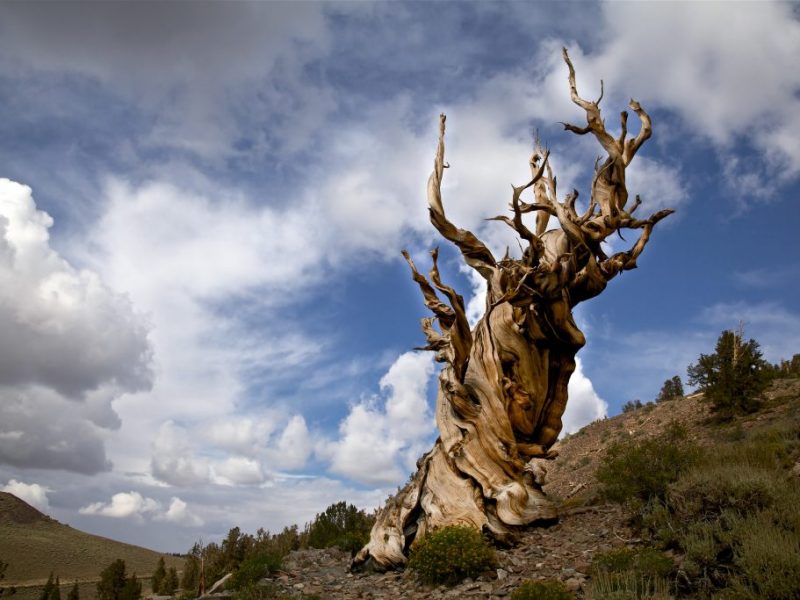The baobab belongs to the genus Adansonia, which includes nine species of the plant and is named after the eminent French botanist and traveller Michel Adanson. Here is a description of the plant.
The baobab is a tree whose photos are incredibly beautiful. This unique plant has the softest and most porous wood structure and is therefore susceptible to a variety of fungi. Due to accelerated decay, huge hollows are formed inside the trunk. The lack of thick wood at the base, however, does not prevent the plant from living for decades. The indigenous peoples of Africa are accustomed to using the hollow inside the base for their own purposes. Some even take it upon themselves to store grain in the trees.
Zimbabweans used the baobab to create a unique bus station that could seat twenty people. Senegal was famous for its unique tombs, which were set up in trees. They were reserved for writers, who were not to be buried in the ground. The inhabitants of Limpopo have found an even more original use for the hollow trunk and have built a bar for local lovers of refreshments and alcoholic cocktails.
Where the baobab grows
The baobab is a tree of which photos and descriptions can be found on the Internet. The plant has a unique shape, its height can reach twenty-five metres. With age, the diameter of the trunk increases, which is how the locals determine the age of the giant. The exact answer to the question of how long a baobab tree lives is still unknown. On average, a tree can live for two thousand years. The most powerful representative of the plant kingdom is the African tree. In which regions the plant is found:
- Australia;
- Arabian Peninsula;
- Madagascar;
- Africa.
The ideal habitat for these unique giants is the southern Sahara desert, the savannahs. The trees belong to the deciduous class and drop their leaves in winter. The hollow trunk is covered with brown metallic bark. The roots appear to be fused together. Some varieties are characterised by a smooth bark that resembles human skin when touched.
The African plant cannot be considered a typical natural specimen. Their soft, spongy trunk structure allows them to retain a lot of moisture during the dry season. Biologists distinguish nine varieties of the tree, of which only two are native to Africa. The remaining species have been recorded from the Arabian and Australian peninsulas.
You only have to see the baobab tree for yourself once to remember its unique appearance forever. This baobax plant of the Adansonia family is also classified as a malwa species. The main condition for its existence is minimal humidity. This large species prefers dry African savannahs where shrubs or grass grow. This is typical of tropical Africa. Here there are only two seasons of the year, one characterised by high humidity and the other by dryness.
The unconventional tree has adapted to living conditions in a period of high humidity. Like a sponge, it absorbs water through its huge trunk, which sometimes exceeds ten metres in diameter.
The world’s tallest baobab
To imagine what a baobab looks like, photos on the Internet will help those who have never seen one in person. The great representative of nature looks immense, huge. Interesting facts about the famous baobab:
- Central Namibia, in the northern part, is known for the original baobab that grows near Outapi. It has reached a height of twenty-eight metres and the diameter of the base is more than twenty-six metres;
- It takes twenty-five people to wrap their arms around the middle trunk. In doing so, people must hold hands;
- The plant was used as a safe haven from attack by enemy tribes in the 19th century. The size of the excavated hollow allowed forty-five Aborigines to hide;
- In 1940, this natural wonder was converted into a post office;
- Later, a bar was installed in the huge gully, followed by a chapel;
- The giant still bears much fruit and continues to grow in size;
- Even renowned scientists cannot determine the age of the plant.
The beauty of the baobab blossom is not fully captured in the photo. It is a unique process that lasts for months. Tourists in Katima also talk about a great representative of the genus. There is an amusing installation in the boot consisting of a toilet bowl and a cistern. It is here that visitors take the most photos.
You may also like:



